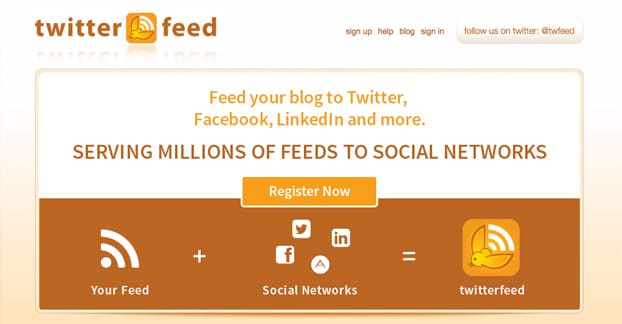

While we could have used dynamic images for all email clients, we opted to use dynamic CSS for progressive enhancement in WebKit email clients, like the iPhone and iPad native email clients, to make the Twitter feed feel more realistic. That being said, the live Twitter feed was supported (in one way or another!) in the following inboxes:ĭynamic CSS Content for WebKit Email Clients While the dynamic CSS worked for WebKit clients, we needed to implement a proper fallback using dynamic imagery for our subscribers using non-WebKit clients. However, we also used an entirely brand new method to implement dynamic content: dynamic CSS.

We used dynamic images in our launch email to make the live dynamic Twitter feed work across several popular email clients. Both of these methods enable you to create a unique, personalized email experience for your subscribers. Dynamic images are linked to a single source file, which gets dynamically overwritten to display a new image for a certain subset of subscribers based on pre-defined personalization parameters. Historically, dynamic content has been implemented strictly through the use of text or images, and pulled through merge tags or variables via an ESP. In fact, it’s frequently used to create personalized, targeted emails. Dynamic Content in Emailĭynamic content in email is not a new concept. You can also view the full code here and Litmus test results here to see how it displayed across 40+ email clients. After many brainstorming sessions, we decided to use the common approach of dynamic content, but with a twist. Our goals were twofold: generate interest in the conference and use an innovative-and inspiring-technique in the email to do so. How do we top HTML5 video background technique in email? By using dynamic content: a live Twitter feed.


 0 kommentar(er)
0 kommentar(er)
